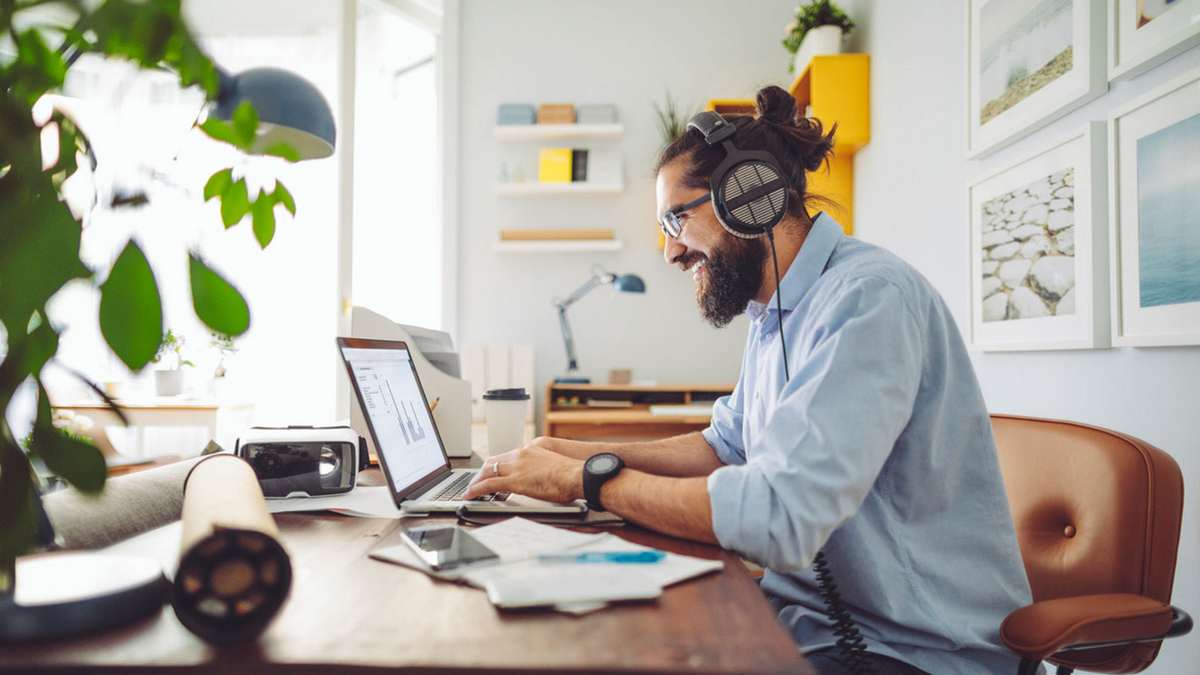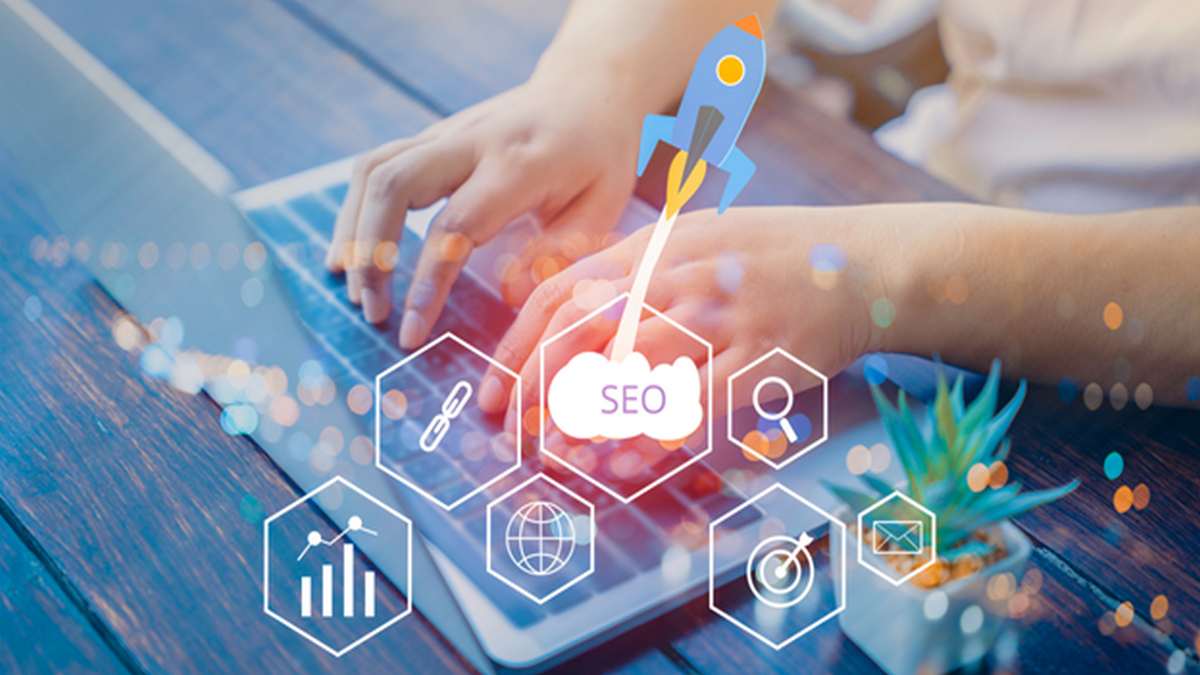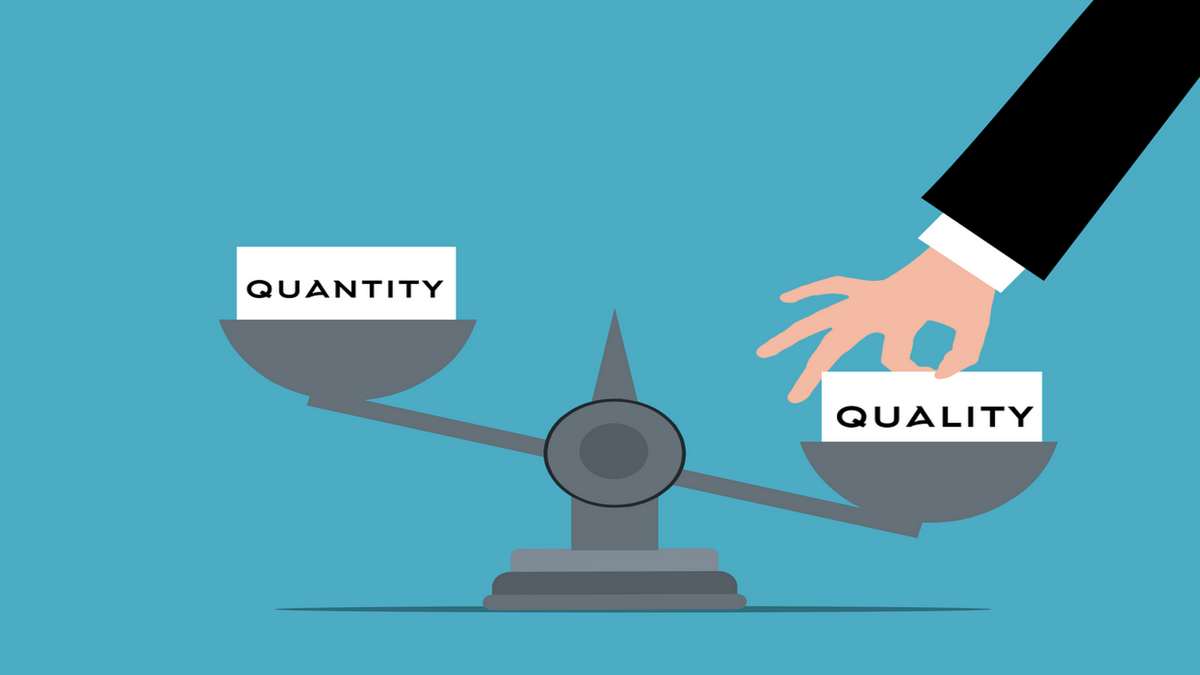
The pandemic changed, fundamentally, every aspect of our lives, and many of these altered ways of living are likely to continue for the foreseeable future, even as the restrictions ease.
The workplace is one area that has been particularly affected by the ramifications of Covid 19 – we take a look at those that have had the greatest impact and will be the most long-lived, and the extent to which these alterations are of benefit to both workers and businesses.
The Move to Homeworking
The shift to home working for swathes of employees has been the most profound change that the pandemic has induced. While, for many, getting used to a new, home-based way of working – which often meant creating a makeshift workspace and juggling the demands of home life and childcare with getting tasks done – was a challenge, there were upsides, too.
Homeworking signaled the end of the daily commute and the stress of battling through rush-hour traffic. Many people found that they were able to adapt their work patterns to a rhythm that worked better for them; for example, early-risers made the best use of the hours in the day when they were most productive, while night owls did the same as the sun set. Workers, in general, embraced being able to truly make their jobs fit around their lives rather than the other way around.
The move to homeworking brought significant environmental benefits, too – cities reported large drops in pollution levels as the number of cars on the road dropped drastically.
Despite many offices opening back up again as the pandemic releases its grip on the world, many workers and employers have seen the benefit of home working – for the latter, it brings plenty of opportunities to save money, as the amount of office space is cut, as well as expenses such as heating and the provision of other resources needed by staff. It’s likely that working from home will now be seen as a standard option, even when the effects of Covid 19 have entirely faded away.
Ways of Working Remotely
With so many people working from home – especially at the height of the pandemic when movement was severely restricted – employers needed to find and use new ways of allowing their staff members to work and communicate with each other, and this often involved the incorporation of technology or systems that had not been widely used before. Cloud-based systems came into their own, with colleagues able to work on documents together remotely, without there being any subsequent mix-up over file versions.
Business communication changed drastically, too: real-time messenger and chat tools became a standard means for team members to collaborate, discuss and share information; the RingCentral Glip is one example of an app that gained in popularity over the course of the pandemic, as it allows for easy team talk and group working. It combines innovative, intuitive features with a dynamic workspace that makes it easier than ever before for a team to work on a project remotely.
With their provision of virtual meetings spaces and video conferencing features, Zoom, and Microsoft’s Teams have also come to the forefront of business communication and are now likely to be integrated for the foreseeable future. The Team’s tool also allows users to store and share files on the Cloud, taking care of storage space, too.
Prioritizing Hygiene
The provision of hand sanitizing stations in the workplace of every industry, and a general greater regard for maintaining the absolute highest levels of hygiene, will no doubt long outlive the pandemic.
Certain practices, such as increased hand-washing, the use of sanitizer, and enhanced cleaning in cafes and restaurants between diners, for example, are now ingrained into both the public consciousness and general business practice and are likely to be the standard mode of operation for most concerns.
Optimizing Spaces
During the pandemic, the importance of keeping distance between ourselves and others, and allowing fresh air into indoor spaces where possible, was paramount in terms of reducing the risk of becoming infected or infecting others.
As a response to this, many workplaces changed the nature of their spaces, creating airer offices and buildings with fewer workstations within the same area. Some companies have designed or adapted outdoor areas for staff to work (weather permitting), creating, as a result, beautiful spaces that have the potential to improve their workers’ general wellbeing. It’s not just staff members that have benefited, but customers and clients, too: waiting and reception areas have been given a makeover with, again, outdoor spaces and gardens used where practical, promoting a better customer experience. Pubs, cafes, and restaurants, as a result, have been able to increase their capacity, with the provision of additional seating and tables that these extra areas have delivered.
This drive to adapt spaces and optimize the places where we spend our time working – with an emphasis on the importance of our external environment on our sense of happiness – possibly even our health – is an unexpected silver lining left in the wake of the pandemic.



